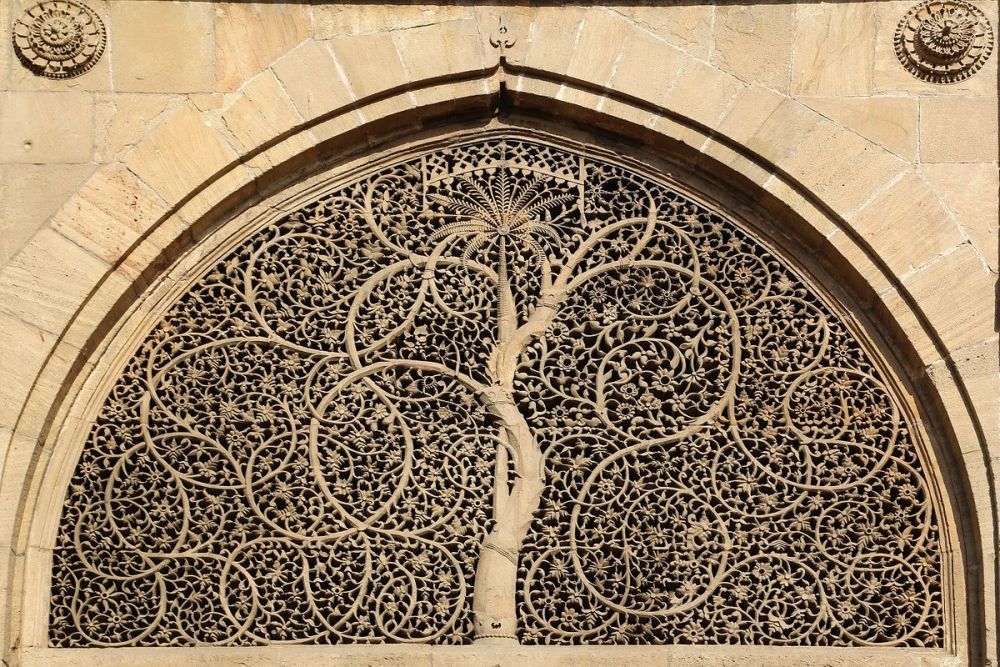

Ahmedabad, the largest city in the state of Gujarat, India, is steeped in history and culture. Founded by Sultan Ahmad Shah in 1411 AD, Ahmedabad became an important business hub during the Gujarat Sultanate, fostering the growth of trade and commerce. Its historical fabric is imbued with diverse cultural influences including Hindu, Jain, and Islamic heritages, with numerous monuments reflecting this rich tapestry.
The seeds of tourism in Ahmedabad were planted with the city's recognition for its architectural marvels like the Bhadra Fort, the Sidi Saiyyed Mosque, and intricately carved wooden havelis, drawing the interest of travelers and history buffs alike. The establishment of the world-renowned Calico Museum of Textiles in 1949 can be considered one of the earliest modern efforts to showcase Ahmedabad's cultural heritage to visitors.
A monumental point in the city's history of tourism came in 2017, when the historic city of Ahmedabad was declared a UNESCO World Heritage City. This accolade further boosted interest in the old city's labyrinthine lanes, with artisans, traders, and food vendors contributing to the vivacious atmosphere that pulls tourists from across the globe.
Over the years, the government, along with private stakeholders, has invested in enhancing Ahmedabad's tourism infrastructure. The development of the riverfront along the Sabarmati river is one example, providing a scenic recreational space for both locals and tourists. Cultural festivals such as the annual International Kite Festival have also put Ahmedabad on the world tourism calendar.
The latest trends in Ahmedabad's tourism involve experiential and sustainable travel. Visitors are increasingly interested in authentic experiences, such as walking tours in the old city, participating in local festivals, and crafting workshops with artisans. With growing environmental concerns, there is also a push towards sustainable tourism practices.
Today's Ahmedabad is a blend of its ancient heritage and its vibrant modernity. Tourism is evolving to encapsulate this duality, offering visitors a chance to delve into the past while enjoying the comforts and novelties of contemporary times.
The history of tourism in Ahmedabad reflects the city's journey through the ages. From a historical trade center to a modern metropolis, Ahmedabad continues to captivate visitors with its enduring legacy and evolving tourism landscape.